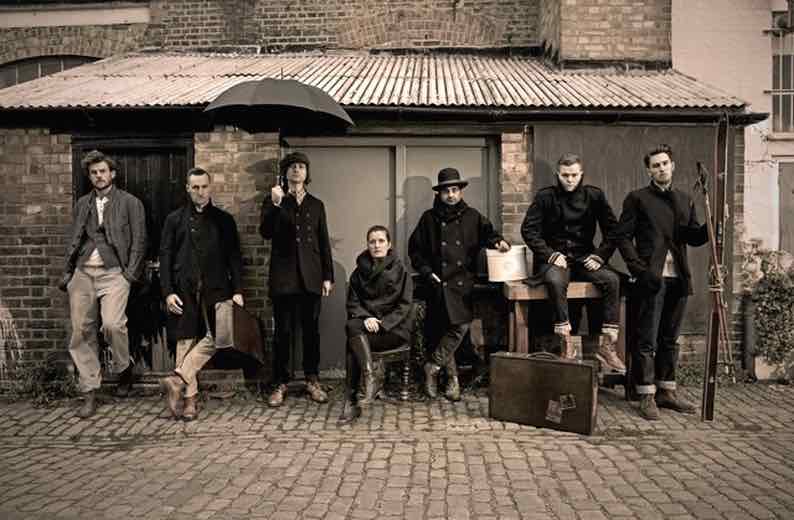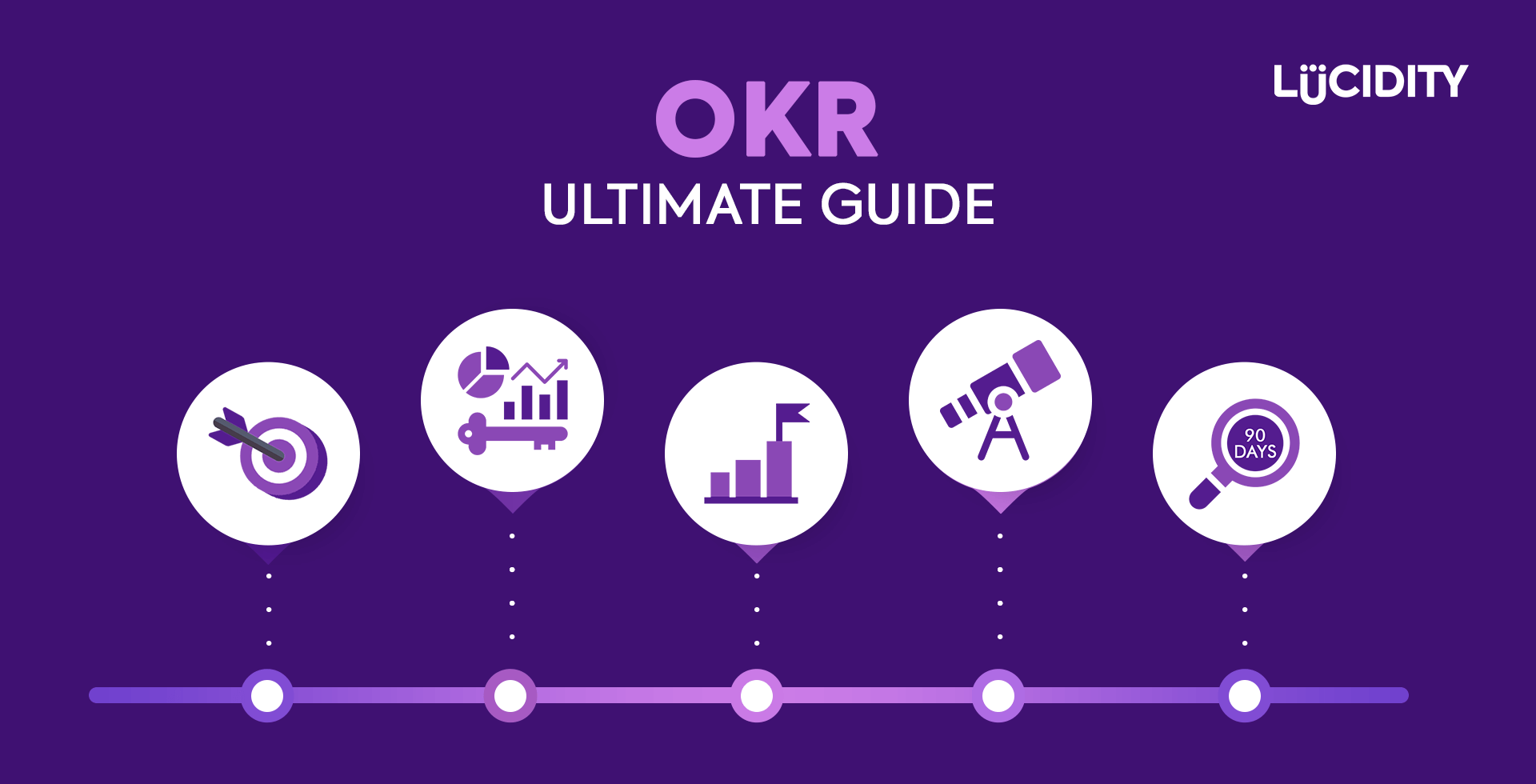Iggi owns an SME in the UK with a fascinating story and setting. Basing themselves in what was a disused and dilapidated Nineteenth Century Slaughterhouse in Suffolk, Workhouse England has grown into a great UK success story. We sit down to learn more about this fashion exporters story and strategy.
What’s vision you have for Workhouse England?
It’s never easy for a Fashion Designer to come up with unique handwriting but somehow we did. It was a series of events which lead us to hold out looking to purchase our own studio that helped. We had rented up until then and had recently been shafted by two so called friends. It turned out to be a blessing in disguise as we purchased a Victorian Slaughter House which had business use and was cheap at £70,000 and this started it all off. Bought there and then on what was a gut reaction, Pure Gold as it turned out.
The next 18 months I restored, repaired and renovated it and during that time a picture started to appear. It was the discovery of old photographs of boys who looked like they were up to no good that caught my eye.
Formal clothing worn informally, old with new, contrasting fabrics and textures – all with a certain swagger. We wanted to craft garments that captured this- this was our product vision.
Now that I had a place I started to make prototypes and sell them direct to the public in warehouse spaces in Brick Lane.
I needed a name and I needed a brand identity. Fortunately I had recently bumped into an old friend who was a Denim designer and an expert in historical fonts at a rare collectors market in Spitalfields when it was super underground. He pretty much single handed created the brand identity.
What was your initial growth strategy?
My first point of call was Japan. Five years earlier, I had worked with distributors and we had sold to all of the main players in Japan. At that time, the market changed and we decided to stop as their orders became smaller and smaller. That is when I bought the studio.
Not long after we started Workhouse, my wife wanted to return to Japan and I thought I could take my prototypes and show them around the Japanese agents and distributors looking for a new deal. We got to the last day of my trip, I’d seen so many people who had turned their noses up at what I had brought with me & was showing them. They wanted to know what college I had attended, who I worked for and could not access the work that was in front of them. I was feeling so ill on my last day and I nearly cancelled my last appointment. I went through the doors of Outerlimits Showroom. They are famous in Japan, they are the showroom that brought Margaret Howell and Nigel Cabourn to Japan. They were super excited to see the prototypes and wanted me to leave them all there as they would like to show them at their next show. I got a deal !
We were happy to stay small for a few years making 2 collections a year and finding suitable makers in the East of London who could make to the scrupulous Japanese quality standards. And this was our strategy – to create a particular brand, and create & make clothes in the UK that would appeal to the Asian markets. Most business manufacture in Asia and ship in their products to the UK. We are the other way around!
What challenges did you encounter?
We had an enquiry from China – I thought they had seen our garments in Japan. We received some good orders from them and we could see that there was a growing market overseas as we were able to make high quality goods with MADE IN ENGLAND on the labels. There was no way we could keep the quality and make sure each piece ordered was delivered if we made it anywhere else but here. We live 100 miles from all the makers.
Doing business overseas with the far east was never a challenge for us as we know how to work with them. There are many ways in which to understand their business culture and need to behave accordingly. Companies which are especially small might fail, but we are in a strong position since I had ten years experience working with Japan. So that was one of our Strengths and that created the Opportunity – if you are thinking in terms of a SWOT Analysis. Although it was my wife Ryoko who completely changed our production approach and our delivery schedules. She aligned things with what the Asian customers wanted and made sure it was on time every season. We have the trust of all our overseas and domestic clients – and that’s a very important thing for these markets. So I guess building trust was very much part of our strategy.
Being accepted into the right trade shows is a challenge and one that is very difficult to overcome. I knew we had to be at Asian Trade shows as we failed to get any reaction from Selfridges, Liberty, Matches, Dover Street Market – all of the London stores completely ignored us.
It is quite soul destroying as we knew our garments were selling well and there was a growing fan base who were enjoying wearing Workhouse England garments. Eventually we got into the right shows, we were doing great work and people can see this. After all you cannot fake good work.
The other main challenges were in terms of design. We needed to create shapes and fits that were telling the Workhouse story
What do you see as the benefits of doing strategic planning?
Well we had the vision around Workhouse as a brand. But I guess there’s a mixture of recognising things that are strategically important – Brand, Japan, China, Trade Shows – and also as we are small, an element of a more organic approach. As we are very small I can sense what we need to be doing and where we need to be. Which trade shows but we also trade at very specific festivals as this is a great way of being in front of so many people. Its the feedback we are after as well as the sales – I guess that’s strategically important to us – customer feedback.
Looking after your online business and being very on top of the orders, returns and putting up new collections at the right times. The right times are very important and we have learnt when they are and to meet deadlines to build trust. That’s really important for us – strategically important.
Looking back, have you made any key strategic mistakes?
I don’t think so as Workhouse England is really my second attempt at running a Fashion business. I guess I made my mistakes first time around! A mistake I did make was that I was designing AND managing things. I am not good at running a business – I am good at designing and seeking out clients, understanding their needs and translating those into new products. I think the learning point is to recognise your strengths and build or work in a team where everyone plays to their strengths.
How often do you review your strategy?
Every season – so twice a year.
If you look at the key aspects of your strategy, which do you feel is most important to your success and which area do you enjoy the most?
Key points would be keeping on top of production, delivery and quality – all about building trust. Having a very strong cash flow since we can work only with clients who can pay a deposit towards their order. Being able to deliver on or before deadlines as we make everything here in England and do not buy European cloth that has to be made to order. Lastly, I enjoy meeting the end users at the festivals we do. Talking with the Shop owners and retail partners about the reactions good and bad of the Workhouse England garments we make. It informs our strategy.
Thanks Iggi! 👍
You can find more about Workhouse England here.












